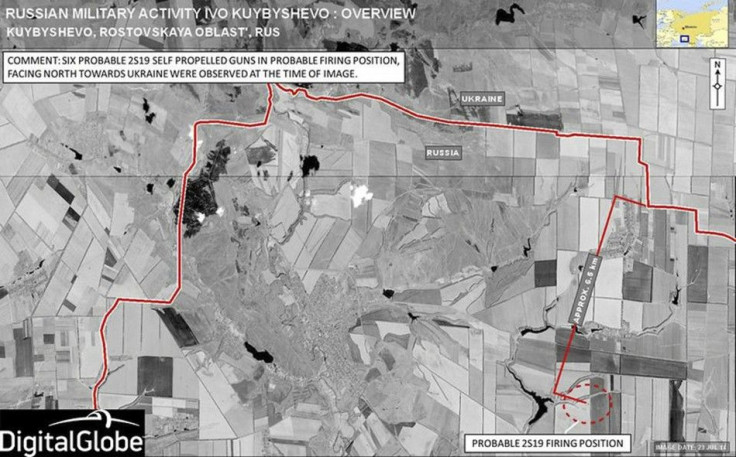Bracing for ‘Great War’ Against Russia: NATO to Create 5,000-Strong High-Readiness Force; Baltic States Getting Anxious They Might be Next Target

NATO has announced it will be creating a 5,000-strong rapid high-readiness force team that will immediately pounce on Russia should the latter expand its aggression into eastern Europe and the Baltic states.
On Monday on his Facebook account, Ukrainian Defence Minister Valeriy Heletey described Russia's continued unauthorised forage into their sovereignty signaled that "a great war has arrived at our doorstep - the likes of which Europe has not seen since World War Two."
The looming great war will surely affect not only hundreds but thousands and tens of thousands of lives, he added.
Anders Fogh Rasmussen, NATO secretary general, said the force isn't meant to initiate further diversity and fuel tensions but more to protect member-nations should Russia's invasion ambitions spread.
Read: Russia Retaliation: Bans Western Leaders from Airport's Duty Free Shop
"The Readiness Action Plan will ensure that we have the right forces and the right equipment in the right place, at the right time," Rasmussen said in a speech on the NATO Web site. "Not because NATO wants to attack anyone. But because the dangers and the threats are more present and more visible. And we will do what it takes to defend our allies."
As NATO ponders on this, U.S. President Barack Obama will be flying to Estonia on Tuesday to pacify jittery Eastern Europeans of a potential invasion into their turf. Also bordering Russia, Estonia left the Soviet Union and joined the 28-nation military bloc in 2004.
Estonia, along with two other Baltic states Latvia and Lithuania, reportedly worry more of possible cyber-attacks and other stealthy forms of aggression, according to Firstpost.
The Baltic states regained their independence from Moscow only in 1991.
Read: Ukraine Crisis: Putin Dangles Nuclear War Threat, US Senators Advise Sending Defensive Weapons
Already just last week, Russian submarines had been spotted by Latvia authorities about 23 nautical miles away from its territorial waters.
Rasmussen said the high-readiness force team will be backed by air and naval assets that could be deployed at very short notice to help NATO members defend themselves.
It would be composed of regular troops and special forces that would "travel light but strike hard."
"Just so that we are ready should something nasty happen," the Guardian quoted an unidentified senior NATO official.
While explaining that the high-readiness force team will be created "not as a provocation, or as a threat to Russia, but rather as a demonstration of NATO's continued commitment to its collective defense," Russia is expected to view its establishment otherwise.
Apart from creating the high-readiness force team, NATO will also establish new bases and place equipment there. Fox News quoted an unidentified senior NATO official saying these were needed because there are also "crises to the southeast and south."
The plan "needs to be able to deal with all crises that we might be facing in the future from wherever they might come."





















